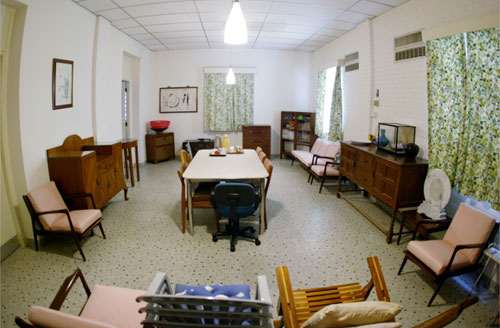I first fell in love with Cassandra back in 2006.
Then an intern with Pioneer magazine, I had been sent to report on the results of the previous year’s Chief of Defence Force Essay Competition.
It was pretty standard military fare, with ideas centred on whatever was the rage of that post-9/11 and Iraq II age. The first-placed essay, for example, was a paper on terrorism, while the bronze-medallist wrote about peacekeeping operations.

What caught my eye was the runner-up’s paper – “The Laments of Cassandra: Reflections on Warning Intelligence in the Information Eden”.
As an English Literature undergraduate with a keen interest in military affairs, I was impressed. Officers of that era were not particularly known for their knowledge of culture, especially when compared to their predecessors from colonial times.
The irony of the metatextual context amused me further; a paper on the pitfalls of ignoring prophecies coming in second, almost as though its prescience were itself being disregarded.
Mostly, I was intrigued by the Greek myth of Cassandra. How tragic, the Romantic in me thought. To be blessed with the gift of soothsaying, but to be cursed by never having anyone believe your predictions.
Nine years on, the story of Cassandra still fascinates me. I’ve started to wonder, though, if we should uncritically accept Cassandra’s fate for what it seems to be.
It began a couple of months back, when a contact expressed a view about the nature of communication and recipient receptivity.
In his words, if the recipient has already rejected what it is you have to offer, then:
If you keep selling it for what it is, of course people are going to say “No”.
So in the modern day, where we understand so much more about human psychology, design thinking and the nature of communication, can Cassandra complain if no one believes her, especially when she persists in peddling her prophecies in the same way?
It seems to me that Cassandra has two options:
- Carry on with tradition, and hope her recipients see the light one day; or
- Reframe what she is saying – instead of selling it for what it is, sell it for what people want it to be.
Perhaps more people will finally start listening to her then.
